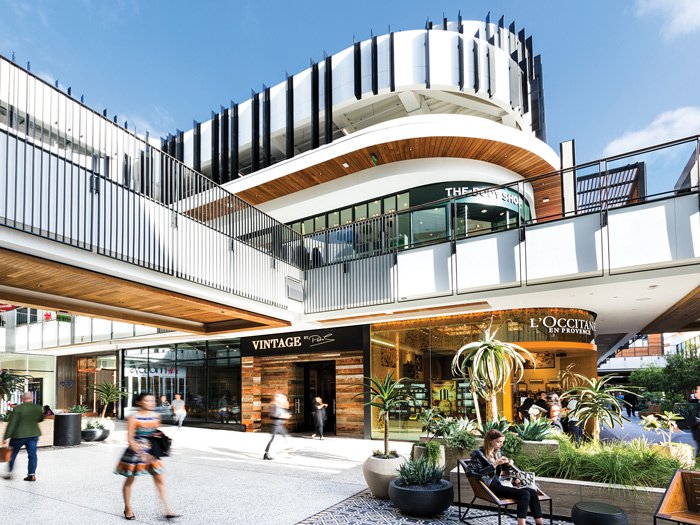In a search for innovators in experiential retail, Chain Store Age asked readers to nominate retail centers worthy of being named among the Top Retail Center Experiences in the nation.
1. Westfield Century City
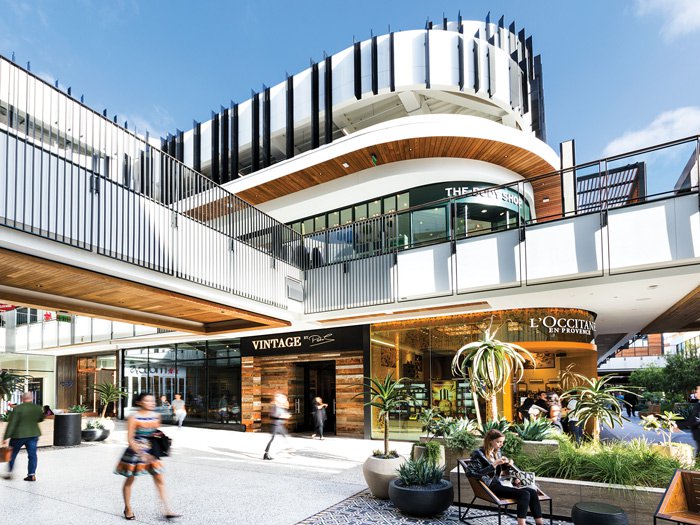
If you’re going to spend a billion dollars to renovate an already successful center, you’d better have a lofty goal, and Westfield did. “We wanted Century City to be the home of retail in L.A.,” said Westfield executive VP of leasing David Ruddick.
Ensuring it would be a home worthy of the 21st century, Westfield engaged L.A.-based design guru Kelly Wearstler to metamorphose the space with walkways and gardens peppered with secluded lounges and cabanas, canopies of olive and palm trees, and alfresco dining promenades. Century City offers 50-plus food choices, including L.A.’s own Eataly location.
“What we created was a modern retail resort,” Ruddick said.
In June, The Business of Fashion industry group held its West Coast summit inside Century City, branding it with the imprimatur of “worldwide fashion destination” in the process. Michael Kors, Jon Varvatos, and Gerard Darel are among the names added to the fashion lineup at the new Century City.
Fitness and health figure much more prominently in the renovated center than before. Equinox is joined by such boutique workouts as Gloveworx and augmented by Next Health’s post-workout offerings of cryotherapy and biomarker testing. Century City guests also enjoy amenities such as rotating art installations and app-driven self- parking.
“This is the future. These are the new platforms. If you don’t honor them, you will have only short-term relevance,” Ruddick said.
2. River Oaks District
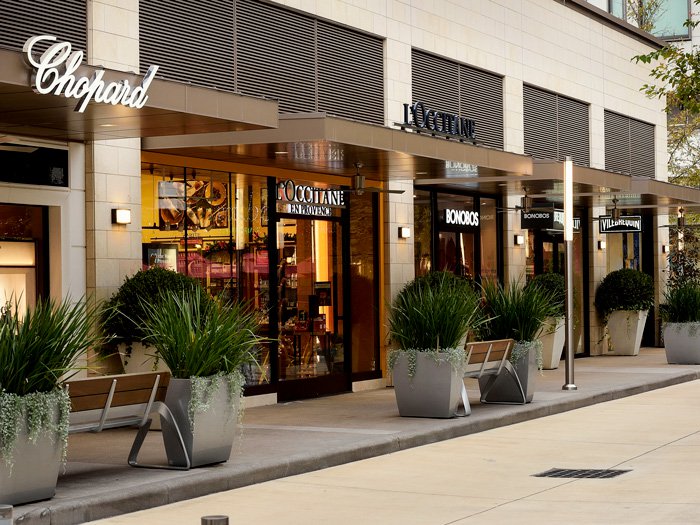
Picture a condensed version of Manhattan’s Fifth Avenue plopped in the middle of uptown Houston, but with concierge service, “smart parking,” personal shopping, and a stable of eateries ranging from white table cloth to five-napkin burgers. That’s River Oaks District, named the town’s new “swanky lifestyle destination” by Houstonia magazine.
“It’s done a lot for the Houston retail scene,” said OliverMcMillan marketing exec Stacie Ellis. “The Galleria’s nearby, but the ambiance at River Oaks is so different. We’ve had a few stores move out of the Galleria and join us.”
River Oaks’ architecture features glass façades and floor-to-ceiling windows to offer scenic views of the project’s green space. The development was laid out on a street grid and owes to architect-CEO Dene Oliver’s mission to create special places.
“Dene favors Euro-modern design that is clean and timeless,” Ellis said.
3. Crocker Park
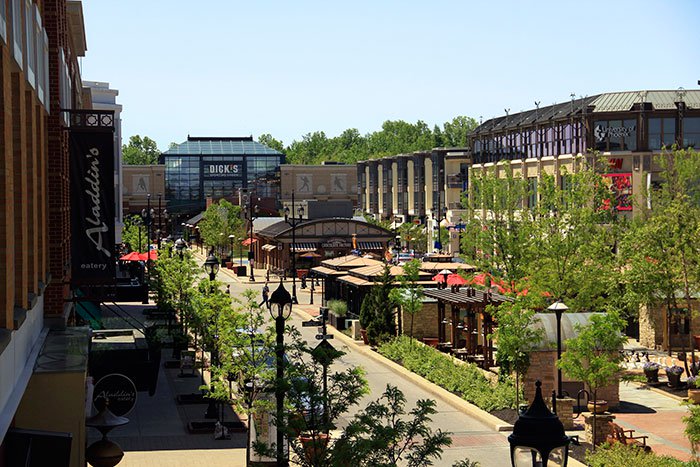
Bob Stark has a bias about today’s mixed-use developments: “Too many have a faux main street across a horizontal plane. They’re not recreating the magic you find in cities like New York or Chicago.”
Not so with Crocker Park, the Stark Enterprises community that debuted in the Cleveland suburb of Westlake in 2004 with office space, a hotel, luxury apartments, premier dining, and shops presented in the tableaux of a European town.
“The concept goes back to the Roman era — logical grids and here and there some columns or a temple to attract attention,” Stark said.
Crocker Park’s diversions include an IMAX theater, Bar Louie, and such retailers as Anthropologie, Cyclebar, Trader Joe’s, and Sur La Table. Everyone in Cleveland knows and visits Crocker Park, Stark said, up to and including its most famous residents.
“When new players join our three major sports teams, almost all of them end up living at Crocker Park,” Stark said.
4. Plano Market Street
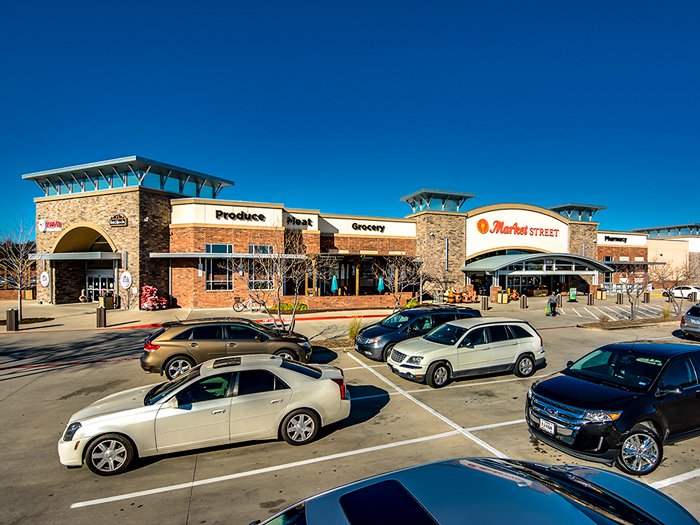
As they proliferate to serve so many new affluent communities, necessity-based centers are having to move beyond the formula of a grocer, dry cleaner, nail salon, mobile provider, and Chipotle.
Phillips Edison’s Plano Market Street, a 167,000-sq.-ft. center situated in the booming corridor north of Dallas, does it with a fitness roster that might have been created by the Olympic Training Center. The Little Gym, UFC Gym, Gaia Flow Yoga, Plano Taekwondo, and NexGen Fitness provide the workouts.
Restore Cryotherapy and Modern Acupuncture provide the workout recovery. And the Market Street supermarket provides the organic produce.
“When people think of experiential retail, they tend to think of what goes on in malls,” said PECO leasing VP Vasili Lyhnakis. “But people want to live better and eat better, so health and wellness options may be the best of experiences.”
5. Irvine Spectrum Center
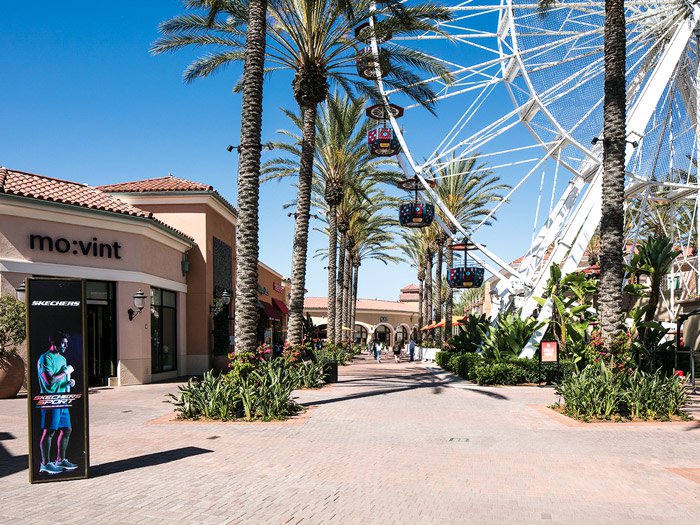
Diverse dining options and singular entertainment — that’s today’s formula for retail survival.
But Donald Bren, chairman of The Irvine Company and master of master-planners, got that ball rolling some 20 years ago at Irvine Spectrum Center, the de facto “town center” of Orange County, Calif.
“Forty percent of our GLA is dedicated to food, beverage, and entertainment,” Irvine Retail Properties president Butch Knerr said. “Everybody questioned us at first. Now everybody’s chasing what we’re doing.”
The 5,000-acre development includes office space and resort-style homes, several world-class restaurants, and the highest-grossing movie theater in the country. A $200 million reinvestment in the property intends to bring 30 new stores and restaurants to the center and build on its 17 million annual visitors.
And then there are the trees.
“We have more than 400 mature trees, including olive trees that are more than 100 years old,” Knerr said. “What’s so unique about Spectrum Center, what sets us apart, is our lush landscaping.”
6. Streets of St. Charles
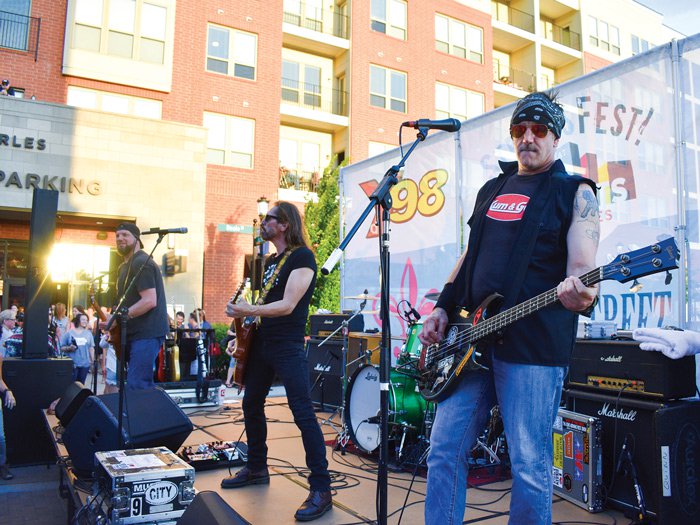
Well-designed, well-located, and well-curated.
Streets of St. Charles hits all the top notes for mixed-use centers while, at the same time, serving as a new hot spot for folks from St. Louis.
“St. Charles has always drawn a lot of people with the [Ameristar] casino and Main Street, but it did have a void in restaurants and entertainment,” Cullinan CEO Christopher West said.
Cullinan filled it with dining options like Wasabi Sushi Bar, Tucanos Brazilian Grill, and P.F. Chang’s and such shops as MOD and Brulee Boutique. A new city trolley bus links Streets and its Tru by Hilton hotel to the casino.
“St. Charles has a historic, small town main street with brick streets and quaint little shops that attract people. Streets of St. Charles brought something a little different to the town,” West observed.
7. Santana Row
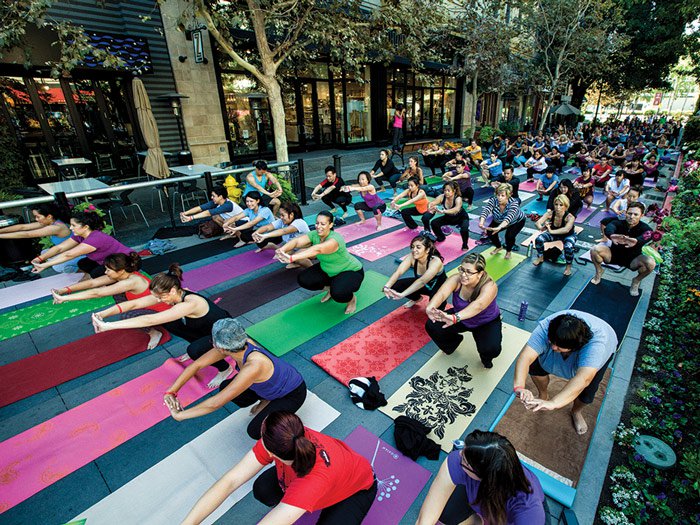
Where better than San Jose for a mixed-use development where e-coms and alternative retailers thrive and jive with Crate & Barrel, the Container Store, and H&M?
“E-commerce wasn’t part of our vision when Santana Row opened in the ’90s,” said Federal Realty’s Western Region senior VP Jan Sweetnam. “That vision was to create a sense of discovery, bringing new retail concepts into 2,500-sq.-ft. spaces and have them change out every two or three years.”
Currently taking advantage of Santana Row’s open-ended leasing policies are Amazon Books, Tesla, Warby Parker, and b8ta, and Federal hopes to see the flow of experiential and experimental retail continue to come and go.
“We had Libratone in a space for 12 months and now in that space we have Fjallraven,” Sweetnam said. “This totally works for creating new experiences. People come here expecting something different every time.”
8. Butler Plaza
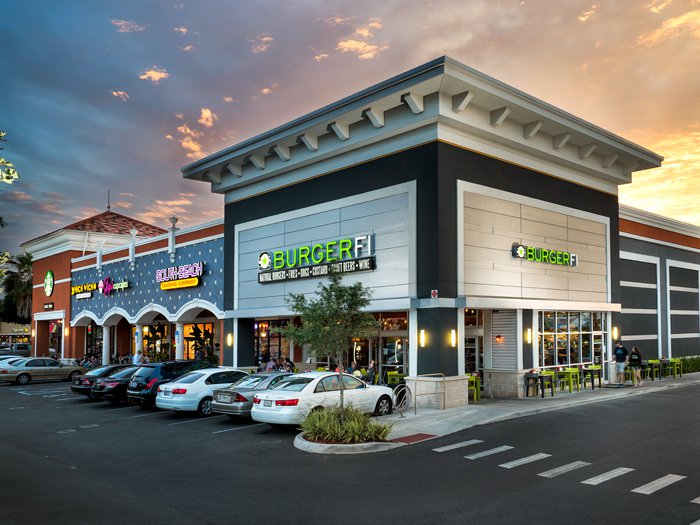
In 1939, the new experience that Plant City strawberry farmer Clark Butler brought to Gainesville, Fla., was the fresh produce that he sold on a corner stand.
“My dad’s store had curbside service so people never had to leave their car—we’ve been practicing the art of service and experience since day one,” said his daughter Deborah Butler, who now runs this retail mega-complex that constantly adjusts to the needs of its customer base.
It’s hard to name a need Butler does not fill. Encompassing 67 acres and three neighborhoods (including its own traffic light), Butler Plaza hosts two Publix supermarkets, a Walmart, a Target, a Sam’s Club, a Whole Foods, and a Lowe’s. There’s also a Regal Cinema and 35 dining options among the 2 million sq. ft. of GLA — and luxury retail and residences are coming soon to the new Butler Town Center.
Gainesville’s changed from Clark Butler’s day. It’s home to the University of Florida, a large healthcare complex, and a flourishing biotech industry.
“Here we have this pocket of population growth in North Central Florida, and we intend to meet all their needs here,” Butler marketing director Mary Reichardt said.
9. Ridge Hill
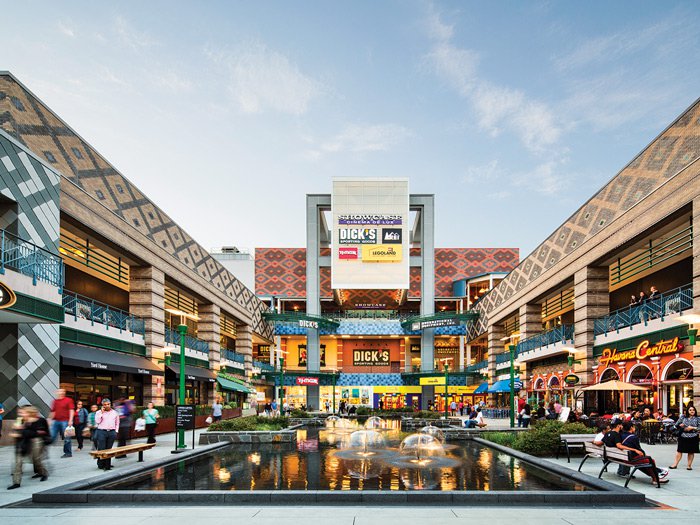
It’s Saturday night in downtown Yonkers, N.Y., and while the streets of this once-flourishing city abutting the Bronx are empty, La Bella Havana restaurant on Main Street is serving 15 or 20 diners. But two miles north at Havana Central, a Cuban band is playing to a packed house of more than 120 diners.
Up the main street of the Ridge Hill center, people mill outside the Cheesecake Factory, waiting for tables. On the sidewalk, strollers head for the movies or the comedy club or REI, Lord & Taylor, Guitar Center, and Francesca’s. The eclectic mix of retail also factors in a Whole Foods and a Lowe’s, creating a roster worthy of an organic community.
With Ridge Hill, QIC has managed to create a new town center for New York’s fourth largest city without any residential or office space.
“We have a little bit of everything for everyone, but it’s the entertainment component that truly sets us apart,” said Meghann Hongach, marketing director of Ridge Hill, which also houses an iFly and a Legoland.
10. Plymouth Meeting Mall
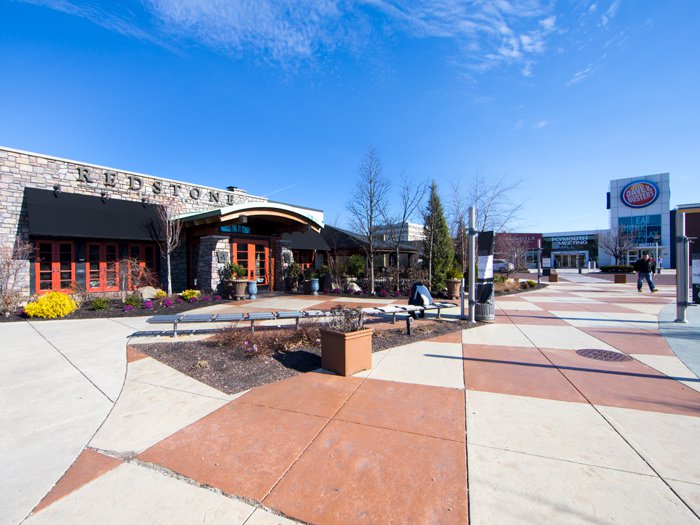
Joe Coradino could well go by the moniker “The Great Reclaimer” in retail real estate circles.
For several years, PREIT’s CEO has divested underperforming properties and re-curated the keepers to make them suitable for the new generation of retail.
To Coradino, a closing Macy’s just smells like opportunity. That happened last year at Plymouth Meeting Mall, which needed a major makeover to keep from getting overwhelmed by Simon’s King of Prussia Mall a few miles down the Pennsylvania Turnpike.
“We filled that Macy’s with dining and fitness, and we really differentiated ourselves with restaurants,” he said, naming Redstone, P.F. Chang’s, Dave and Busters, and Benihana as popular destinations.
One of the first things PREIT did upon acquiring the mall was to seek out a Whole Foods. Legoland Discovery Center and 5 Wits were big gets on the entertainment side in recent years.
“From the beginning, the only thing we thought about was how to change it from being a traditional mall,” said Coradino.

